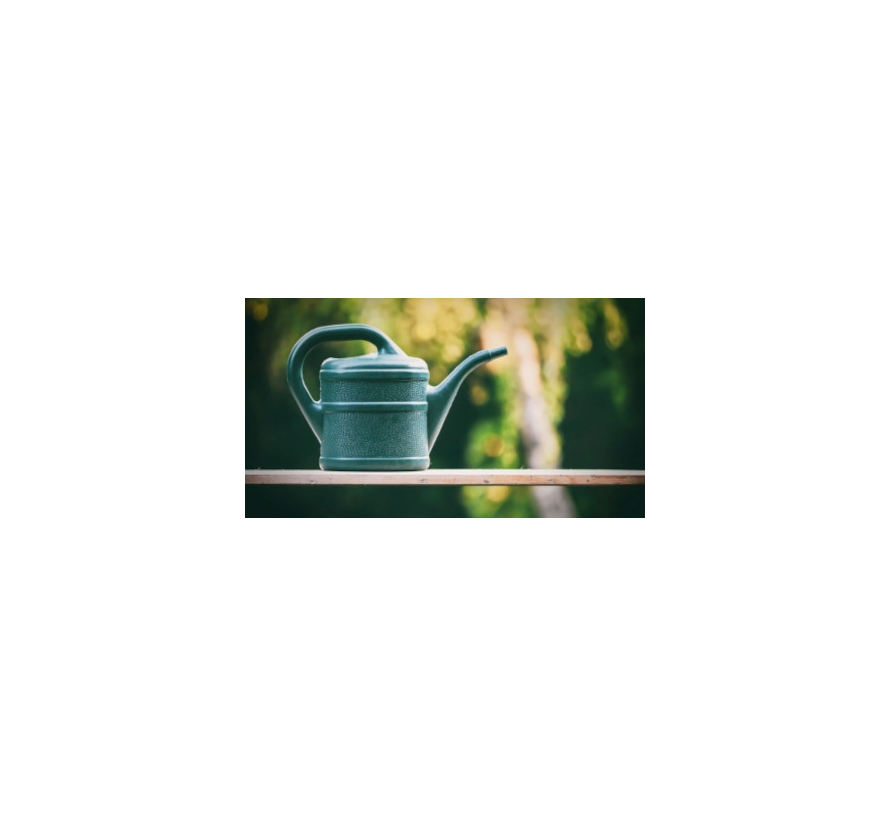Jardín sostenible: Qué es y cómo hacerlo para tener un jardín más ecológico
We are increasingly aware of how important it is to care for the environment.
And that includes saving water as much as possible.
But is that at odds with having a lush and well-kept garden?
Well, not really, as long as you make your garden sustainable.
We are increasingly aware of how important it is to care for the environment.
And that includes saving water as much as possible.
But is that at odds with having a lush and well-kept garden?
Well, not really, as long as you make your garden sustainable.
An environmentally friendly solution without having to compromise on color and fragrance.
If you are interested, keep reading, because in this post we are telling you what a sustainable garden is and how to do it.
Let's go there.
What exactly is a sustainable garden
.jpg)
Most people think that a sustainable garden is one made from drought-resistant plants.
And that is its main feature, but not the only one.
In general, a sustainable garden is one that needs few resources to grow and is respectful of the environment.
By "resources" we mean water, but also fertilizing and plant-protection products.
This is achieved with a careful selection of plant species (adapted to the climate in which we are going to plant them) and with sustainable irrigation techniques.
In addition, it also involves other actions such as minimizing the waste generated or using low-consumption lights in the event that you have lighting.
6 keys for making a sustainable garden
These are the steps to make your garden environmentally friendly.
.jpg)
1. Use drought-resistant plant species
If you choose the right plants, you will have done 80% of the work necessary to make your garden sustainable.
These are some of the most widely used.
A. Succulents
A classic of any low maintenance garden.
Succulents are rustic plants that barely require water, and they withstand high temperatures and sun exposure alike.
In addition, during the spring and summer, they display a colorful blooming.
If you need some tips to take care of your succulents, take a look at this guide.
B. Graminoids
Although not as widespread, graminoids are also a widely used species in sustainable gardening.
These plants ask for very little water and hardly need care.
They are often used to create natural borders, but they are also frequently found as a substitute for lawns, forming meadows with low water demand.
Although its flowering is not very showy, the most pleasant thing is to see them undulating on summer days when the breeze blows.
C. Mediterranean plants
The Mediterranean garden is one of the most sustainable options.
Most of the plants in this region are species with low water demand and very rustic.
In addition, you can add some aromatic species such as rosemary or lavender that will fill the environment with its fragrance (and will ward off parasites).
D. Trees
Trees are also generally very resistant to drought and temperature changes.
Also, if you choose some deciduous species, they will offer you a show of color during the winter, and you can use their leaves to make compost.
2. There are alternatives to lawn
Having a grassy meadow is very pleasant, especially during the summer.
However, in general, it is one of the plants that asks for the most water in the garden.
This does not mean that you cannot use it, but it is important that you limit its use to specific areas of the garden.
Also, remember that there are some specific species of grass that are more resistant to drought, such as Bermuda.
3. A soil that retains moisture
We have already spoken to you on another occasion about the impact that the composition of the soil has in maintaining humidity.
When designing a garden with low water needs, it is usual to choose plant species that adapt well to the type of soil in your garden.
However, in some cases, it is preferable to change the soil to add a more porous mixture that retains moisture.
In this way, you can space the watering more and you will spend less water.
4. Design is also part of sustainability
The distribution of your plants has a lot to do with the resources they demand.
Here are some things you should do:
-
Group the different species according to their water needs.
-
Create shady areas with the tallest plants.
-
Protect the plants from the wind (they dry the leaves).
-
Create massifs (within them a microclimate that retains moisture is generated).
A garden designed to save water can make a big difference, especially in the hottest months.
5. Use an efficient irrigation system
Drip irrigation is the most efficient system to save water and one of the most used in sustainable gardens.
In addition, you can combine it with a programmer so that the irrigation is activated automatically in the hours of less heat (for example, in summer the best time is usually at night, even well into the early morning).
On the other hand, you can use a rain sensor so that irrigation stops in case of precipitation.
6. Channel rainwater
One last tip.
In many sustainable gardens, rainwater is used to save water.
You can do this with pipes that take the water to the garden or accumulate it in containers to use it later, for example.
.jpg)
Do you need help to make a sustainable garden?
You have already seen how important it is to create an environmentally friendly and resource-saving garden. But you may not know where to start.
In that case, we can help you.
We are specialists in garden design and we know which are the best species to help you save water without giving up spectacular design.
All you have to do is click here and tell us what you need.
We take care of the rest.

 English
English Spanish
Spanish
Comments
Leave your comment